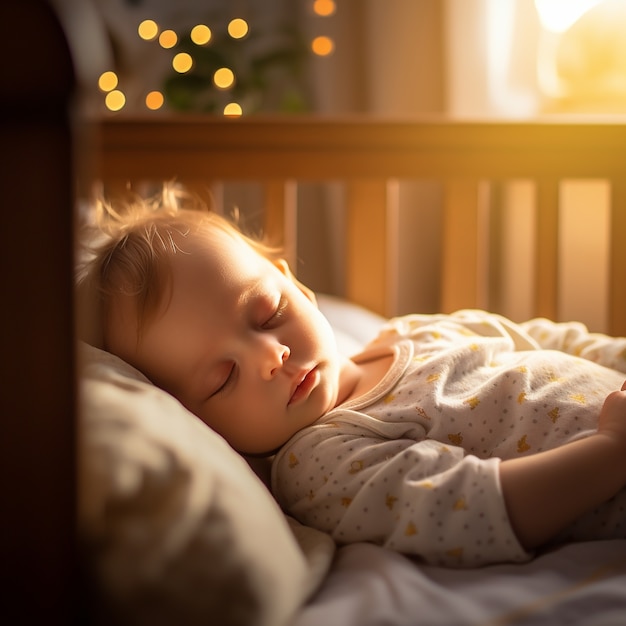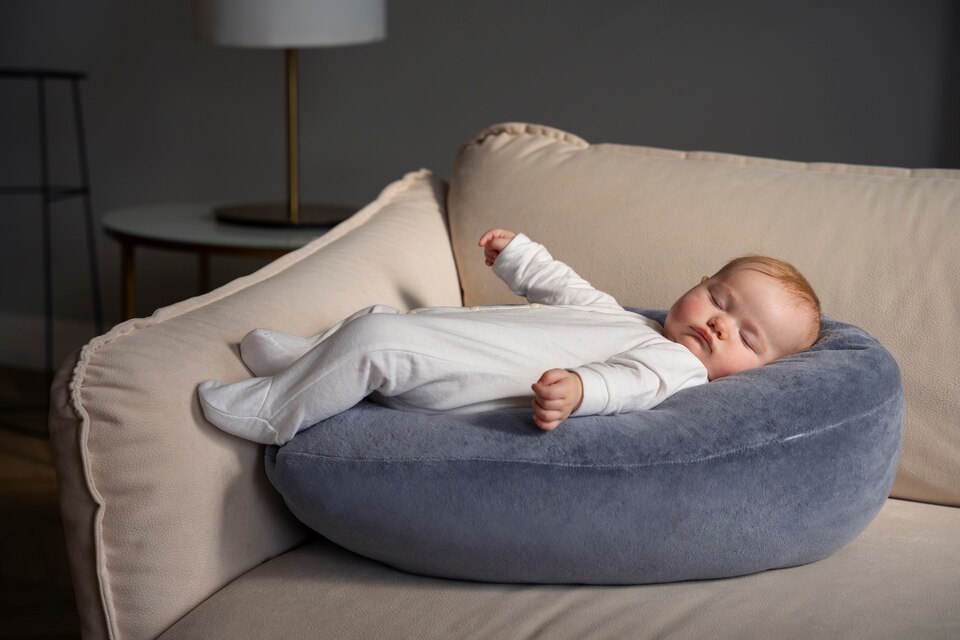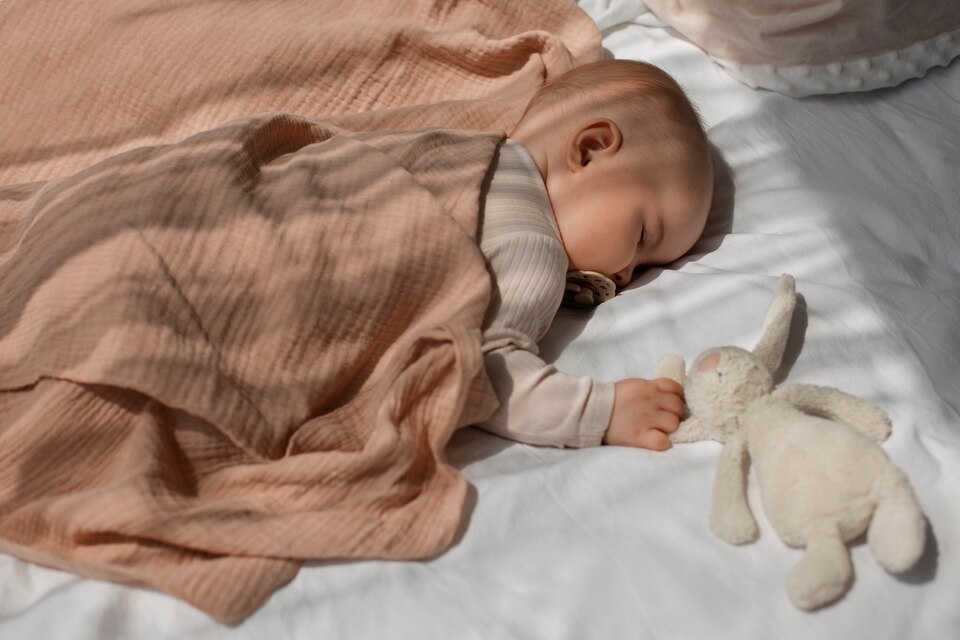In recognition of SIDS Awareness Month, this blog post aims to provide a comprehensive guide to creating an ideal sleep environment for babies. The author emphasizes the importance of promoting quality sleep while prioritizing the safety of infants. By exploring three main components – temperature, darkness level, and noise – parents can better understand and implement practices that contribute to a secure and restful sleep space for their little ones.
Baby Cave Component #1 – Temperature:
The blog stresses the significance of maintaining an optimal temperature in the baby’s room for quality sleep. A cooler room is advocated, as it promotes better sleep by aligning with the natural temperature fluctuations in the body over a 24-hour period. The ideal temperature range is suggested to be between 68-72°F (19-21°C). Additionally, the blog provides practical advice for dressing babies appropriately based on room temperature, avoiding overheating, and reducing the risk of SIDS associated with excessive bundling.
Baby Cave Component #2 – Darkness Level:
Creating a dark sleep environment is identified as a transformative factor for a baby’s sleep. The absence of light signals to the child’s body that it is time to rest, promoting the production of melatonin, the “sleepy hormone.” The blog dispels concerns about conditioning babies to be finicky sleepers, asserting that an ideal sleep environment cultivates good sleepers who are adaptable. It highlights the benefits of darkness in enhancing the quality of sleep and preventing overstimulation. Practical tips, including the use of effective window covers, are provided to achieve the desired darkness level in the baby’s room.
Baby Cave Component #3 – Noise:
The role of white noise in creating a conducive sleep environment is emphasized. While external sounds may be uncontrollable, white noise inside the room can help mask and block out noise, contributing to higher-quality sleep and reducing overstimulation. The blog addresses concerns about dependency on white noise, assuring readers that it is not addictive or habit-forming. White noise’s role in recreating the constant background noise experienced by babies in the womb is discussed, promoting a soothing and familiar environment for sleep.
Extra Tips to Encourage a Safe Sleep Environment:
The blog provides additional tips to enhance the safety and comfort of a baby’s sleep environment, aligning with SIDS prevention guidelines. These include always placing the baby on their back to sleep, utilizing a fan for improved air circulation, and opting for sleepsacks over blankets for safety and coziness. The importance of continuous white noise played at an appropriate volume, is reiterated as a helpful cue for sleep and a potential replacement for sleep props.
Conclusion:
In conclusion, the blog serves as a comprehensive guide for parents aiming to create an ideal sleep environment – the “Baby Cave” – for their infants. By addressing temperature, darkness level, and noise, parents can enhance the quality of their baby’s sleep while prioritizing safety. The incorporation of practical tips and adherence to SIDS prevention guidelines make this guide a valuable resource for parents seeking a balance between a restful sleep environment and the well-being of their little ones.



